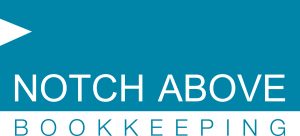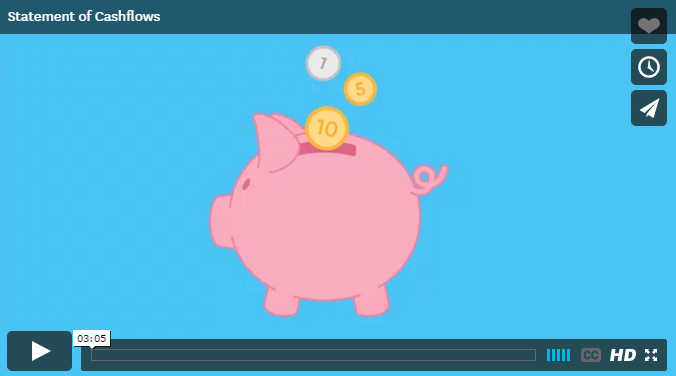Business advice for a new financial year
Another new financial year already!
It has gone quickly so we outline our top tips for business owners starting a new financial year and planning ahead.
Four months ago business owners weren’t necessarily comprehending the full impact of COVID-19 but the reality is that it’s really important to make sure you’ve got a plan in place and that you understand where what your goals and targets are, and how you’re going to get there.
Our advice is to simply start from the top – the 30,000 feet above sea-level view – and ask what your goals are for next 3-10 years:
- What does that look like?
- What do you want to achieve from a business point of view?
- More importantly, where do you want to be from a personal point of view, and
- How does your business deal fit into all of that?
Then break down your goals into smaller targets. Some business owners use the term ‘chunk’ to describe breaking their goals into smaller steps.
We also encourage you to take a step back and consider doing some market analysis
Understand what is going:
- Do you know what your customers want now?
- What will they want next, moving forward?
- What worked well during COVID-19 lockdown?
- Will you achieve your goals potentially faster with a new business model?
Define your actions and those smaller goals and then set in place what you to achieve them. Write each down with individual action items and then understand the time frames around as well as what is involved from a resource point of view.
Once you have your initial plan drafted, also consider the financial implications of your proposed actions. Look at your Profit & Loss, understand cash flow and determine if your plans are achievable from financial perspective. Ask yourself what the impact financially is with respect to your action items, then repeat the process until you’re comfortable that you have a plan in place that feels like it is a stretch, but is achievable. Then you can track and monitor performance against it.
With financial business modelling and forecasting, you need to understand what’s the best use of your time. Is it something you can confidently do yourself, or should you be asking your financial partners like Notch Above Bookkeeping or your accountants to do that?
Also keep your longer-term strategy in the back of your mind as you’re ticking off each chunky action item. In reality if you look at Mike Tyson’s trainer, he says everyone has got a plan to get punched in the face, so you have got to be nimble and flexible enough to be able to move quickly if required.
It rings true for business. You never know when something will get thrown at you and COVID-19 was the perfect example of that.
Prefer to watch this topic in video format? Click below or browse all of our video topics here.
Notch Above Bookkeeping is a team of Platinum Certified Xero bookkeepers and BAS Agents. Based in Brisbane we help small business clients right across Australia prepare their BAS returns and streamline their bookkeeping processes, payroll and accounting records. Call us to find out how on 1300 015 130 today.
Copyright 2020. @NotchAboveBAS and @SalisburyAccts









